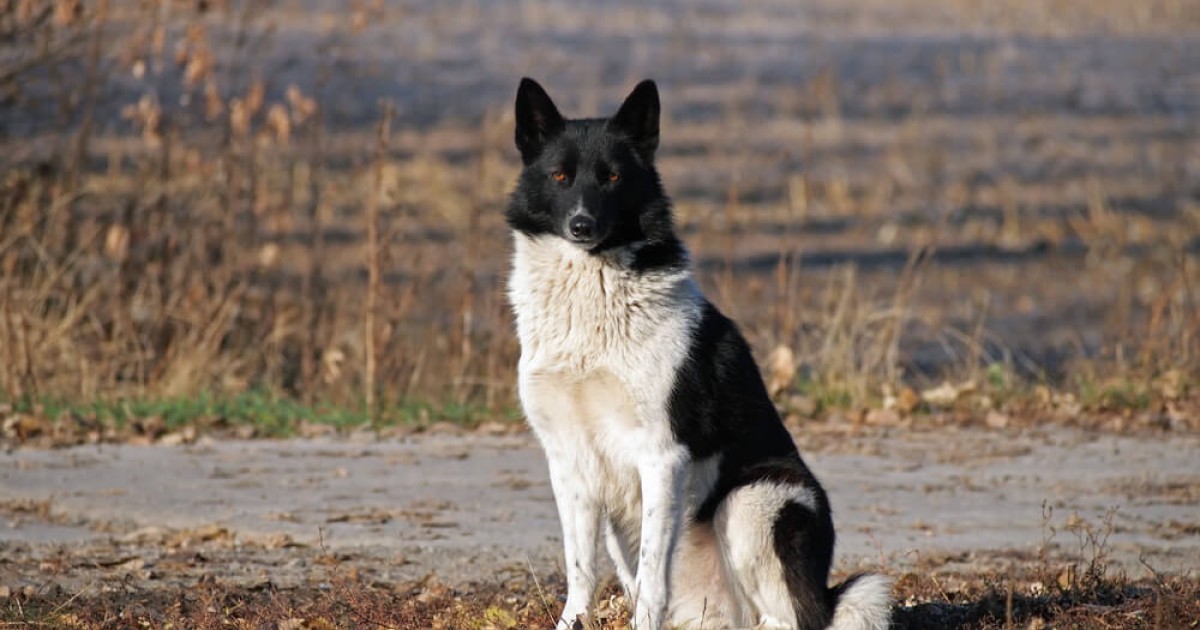

According to some accounts, the technicians actually renamed her from Kudryavka to Laika due to her loud barking.


Its literal translation would be "Barker", from the Russian verb "layat" ( лаять), "to bark". Laika, the Russian name for several breeds of dogs similar to the husky, was the name popularised around the world. Soviet personnel gave her several names and nicknames, among them Kudryavka (Russian for Little Curly), Zhuchka ( Little Bug), and Limonchik ( Little Lemon). Another account reported that she weighed about 6 kg (13 lb). She was a 5 kg (11 lb) mongrel female, approximately three years old. Soviet scientists chose to use Moscow strays since they assumed that such animals had already learned to endure conditions of extreme cold and hunger. Laika was found as a stray wandering the streets of Moscow a week before the launch. An electrocardiogram monitored heart rate and further instrumentation tracked respiration rate, maximum arterial pressure, and the dog's movements. A harness was designed to be fitted to the dog, and there were chains to restrict her movements to standing, sitting, or lying down there was no room to turn around in the cabin. Enough food (in a gelatinous form) was provided for a seven-day flight, and the dog was fitted with a bag to collect waste. A fan, designed to activate whenever the cabin temperature exceeded 15 ☌ (59 ☏), was added to keep the dog cool.
RUSSIAN LAIKA GENERATOR
The craft was equipped with a life-support system consisting of an oxygen generator and devices to avoid oxygen poisoning and to absorb carbon dioxide. Aside from the primary mission of sending a living passenger into space, Sputnik 2 also contained instrumentation for measuring solar irradiance and cosmic rays. Sputnik 2, therefore, was something of a rush job, with most elements of the spacecraft being constructed from rough sketches. Īccording to Russian sources, the official decision to launch Sputnik 2 was made on 10 or 12 October, leaving less than four weeks to design and build the spacecraft. To satisfy Khrushchev's demands, they expedited the orbital canine flight for the November launch. Soviet rocket engineers had long intended a canine orbit before attempting human spaceflight since 1951, they had lofted twelve dogs into sub-orbital space on ballistic flights, working gradually toward an orbital mission set for some time in 1958. Planners settled on an orbital flight with a dog. Khrushchev specifically wanted his engineers to deliver a "space spectacular", a mission that would repeat the triumph of Sputnik 1, stunning the world with Soviet prowess. Meeting the November deadline meant building a new craft. Construction had already started on a more sophisticated satellite, but it would not be ready until December this satellite would later become Sputnik 3. She also appears on the Monument to the Conquerors of Space in Moscow.Īfter the success of Sputnik 1 in October 1957, Nikita Khrushchev, the Soviet leader, wanted a spacecraft launched on 7 November 1957, the fortieth anniversary of the October Revolution. In 2008, a small monument to Laika depicting her standing atop a rocket was unveiled near the military research facility in Moscow that prepared her flight.

The true cause and time of her death were not made public until 2002 instead, it was widely reported that she died when her oxygen ran out on day six or, as the Soviet government initially claimed, she was euthanised prior to oxygen depletion. Laika died within hours from overheating, possibly caused by a failure of the central R‑7 sustainer to separate from the payload. The experiment, which monitored Laika's vital signs, aimed to prove that a living organism could survive being launched into orbit and continue to function under conditions of weakened gravity and increased radiation, providing scientists with some of the first data on the biological effects of spaceflight. Little was known about the impact of spaceflight on living creatures at the time of Laika's mission, and animal flights were viewed by engineers as a necessary precursor to human missions. She died of overheating hours into the flight, on the craft's fourth orbit. As the technology to de-orbit had not yet been developed, Laika's survival was never expected. A stray mongrel from the streets of Moscow, she flew aboard the Sputnik 2 spacecraft, launched into low orbit on 3 November 1957. 1954 – 3 November 1957) was a Soviet space dog who was one of the first animals in space and the first to orbit the Earth.


 0 kommentar(er)
0 kommentar(er)
